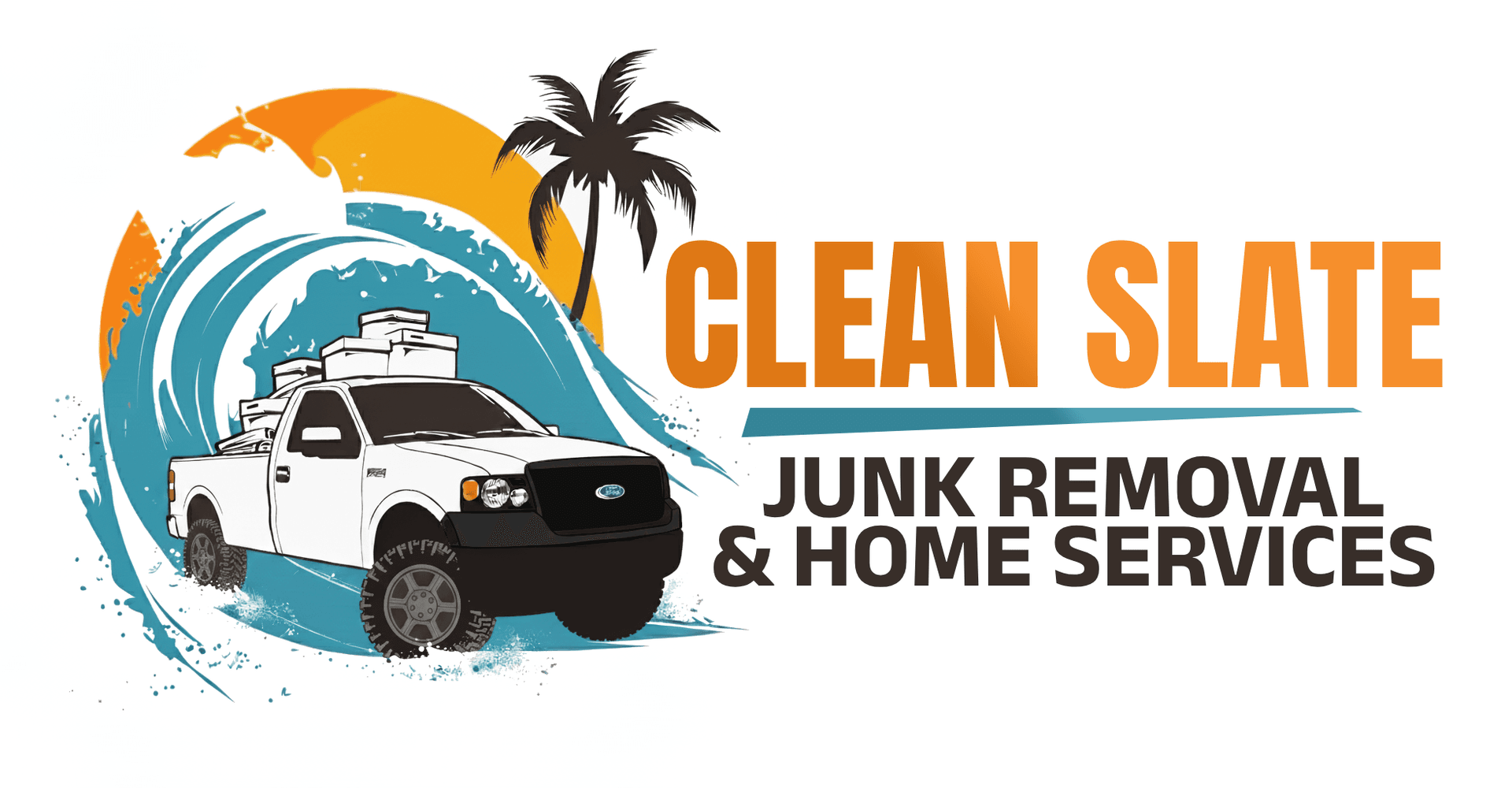Understanding the Junk Removal Process: What Happens to Your Waste?
Introduction to Junk Removal
Junk removal is an essential service that helps keep our homes, offices, and communities clean and clutter-free. But have you ever wondered what happens to your waste once it's picked up? Understanding the junk removal process can provide insight into how your unwanted items are managed and disposed of responsibly.

Step-by-Step Junk Removal Process
1. Scheduling and Pickup
The first step in the junk removal process is scheduling a pickup. Most junk removal companies offer convenient online booking or a phone call option. Once you've scheduled a pickup, a team will arrive at your location to assess and collect the items. They typically handle everything from small household items to large furniture and appliances.
2. Sorting and Categorizing
After collection, the junk removal team will sort through the items. This step is crucial as it determines how different types of waste will be handled. Items are categorized into various groups such as recyclables, donations, hazardous materials, and landfill waste. Proper sorting ensures that as much material as possible is diverted from landfills.

3. Recycling and Reusing
Recycling is a significant part of the junk removal process. Materials such as metal, glass, plastic, and paper are separated and sent to recycling facilities. This helps reduce the environmental impact by ensuring that these materials are repurposed into new products. Additionally, items in good condition, such as furniture and electronics, may be donated to local charities or thrift stores, giving them a second life.
Handling Hazardous Materials
Some items, like batteries, paint, and electronics, contain hazardous materials that require special handling. Junk removal companies are trained to identify and safely dispose of these items according to local regulations. This ensures that harmful substances do not end up in landfills, where they can pose environmental and health risks.

Landfill Disposal
Despite efforts to recycle and donate, some items inevitably end up in landfills. Junk removal companies work to minimize this as much as possible. Only non-recyclable and non-reusable items are taken to landfills. Modern landfills are designed to minimize environmental impact, with systems in place to manage leachate and methane emissions.
The Environmental Impact
Proper junk removal and waste management play a critical role in reducing environmental impact. By recycling and reusing materials, we conserve natural resources and reduce greenhouse gas emissions. Additionally, responsible disposal of hazardous waste protects our soil and water from contamination. Choosing a reputable junk removal service can make a significant difference in promoting sustainability.
Conclusion
Understanding the junk removal process helps us appreciate the efforts involved in managing waste responsibly. From scheduling and pickup to sorting, recycling, and disposing of hazardous materials, each step is designed to minimize environmental impact. By choosing a reliable junk removal service, you contribute to a cleaner, greener planet.
